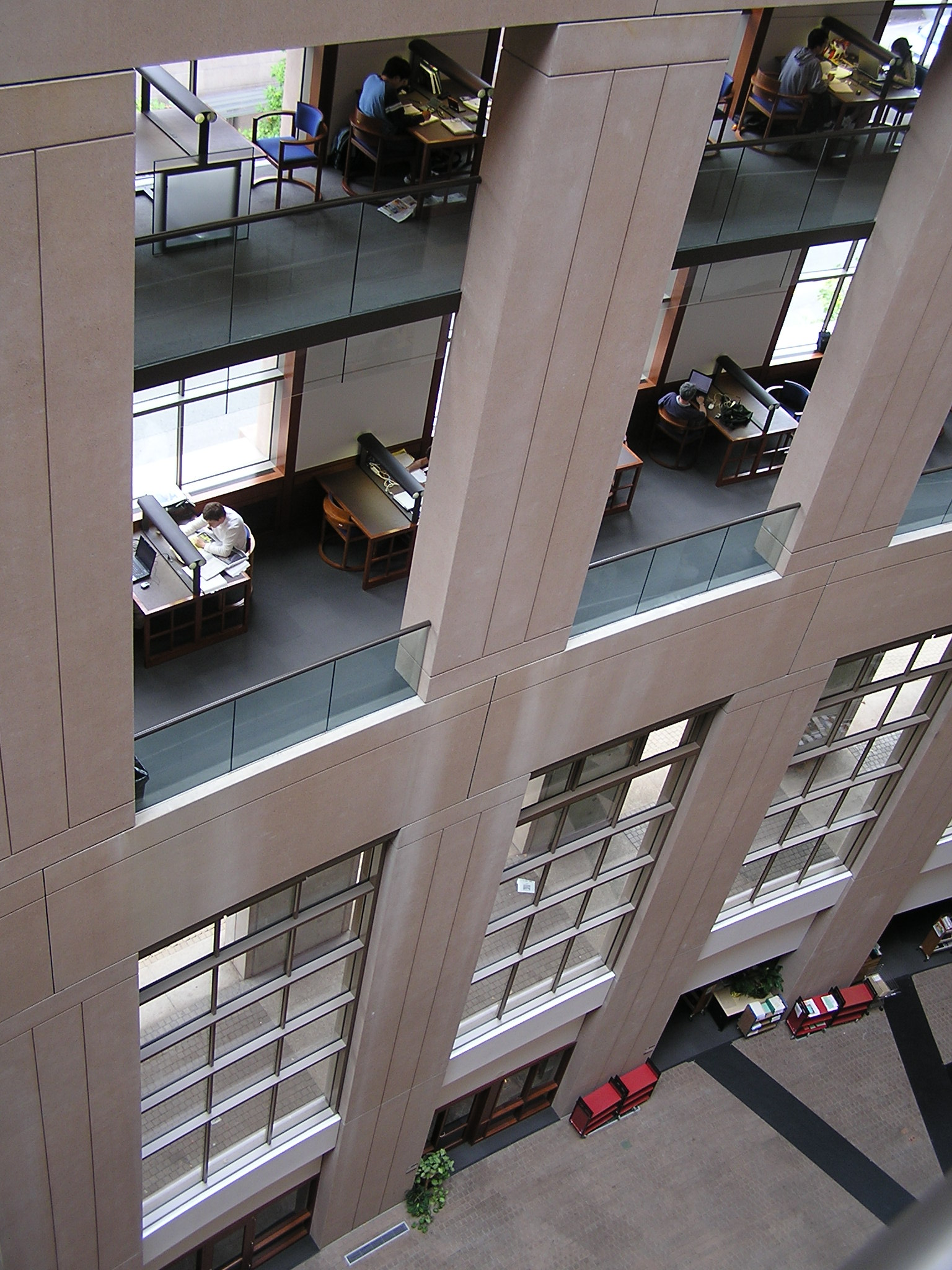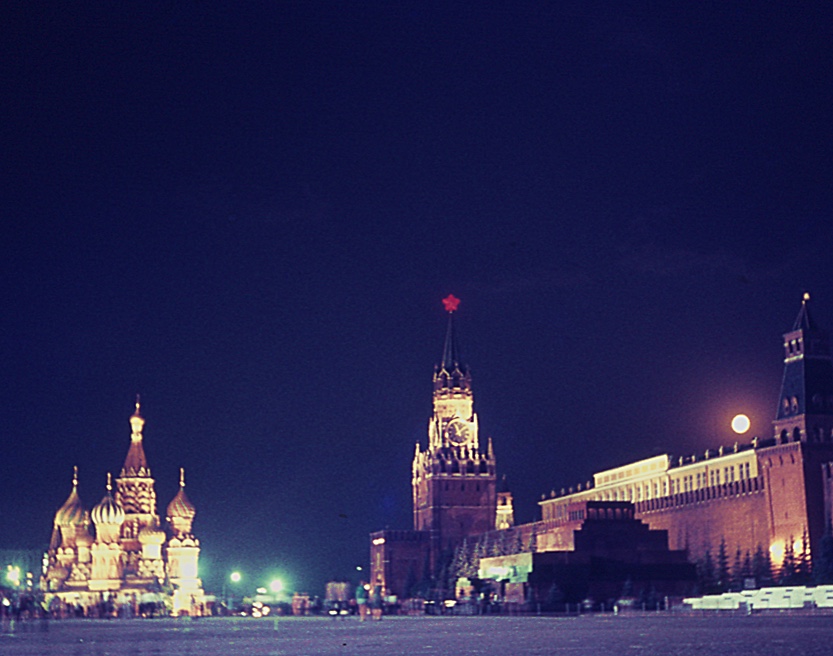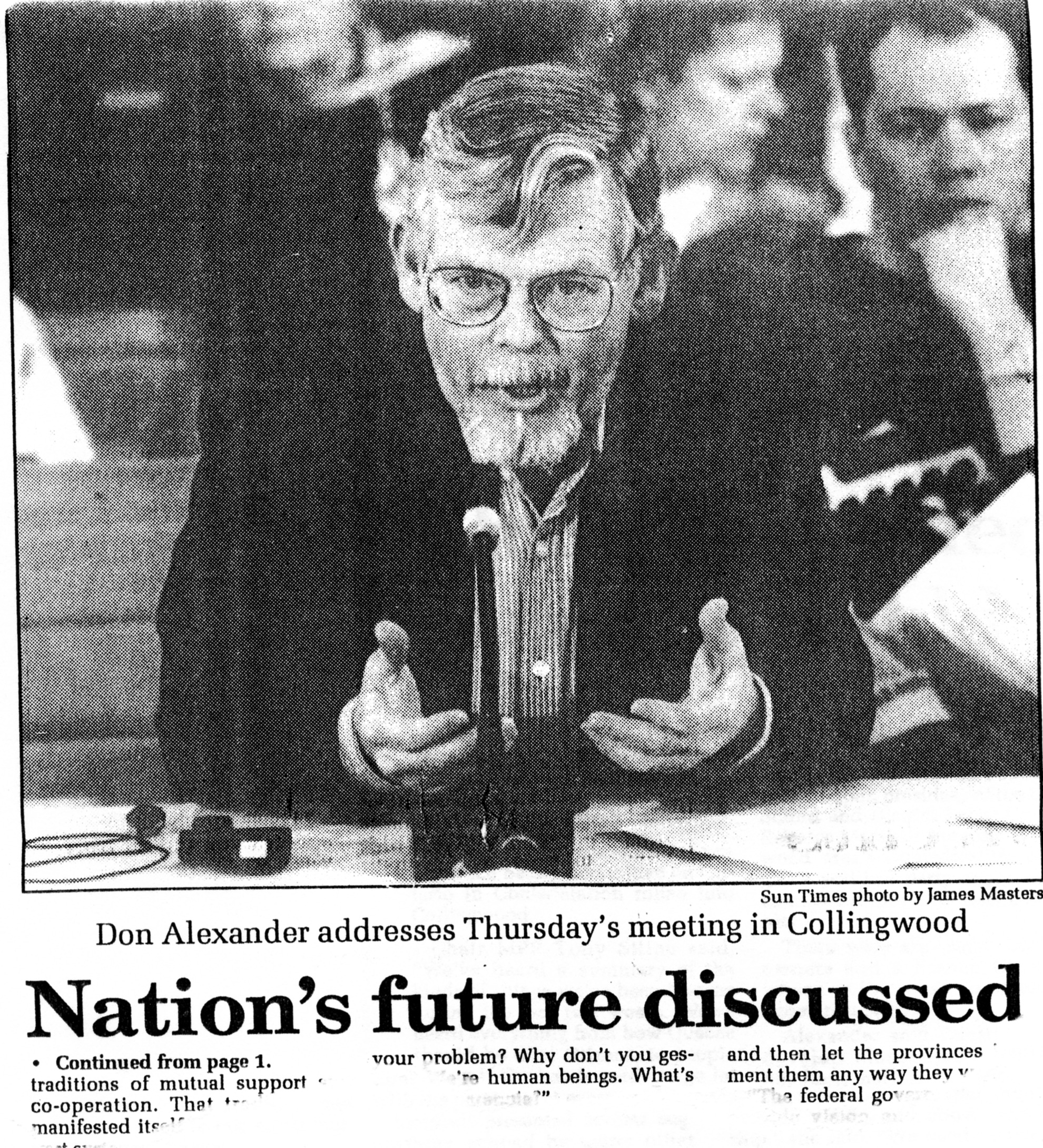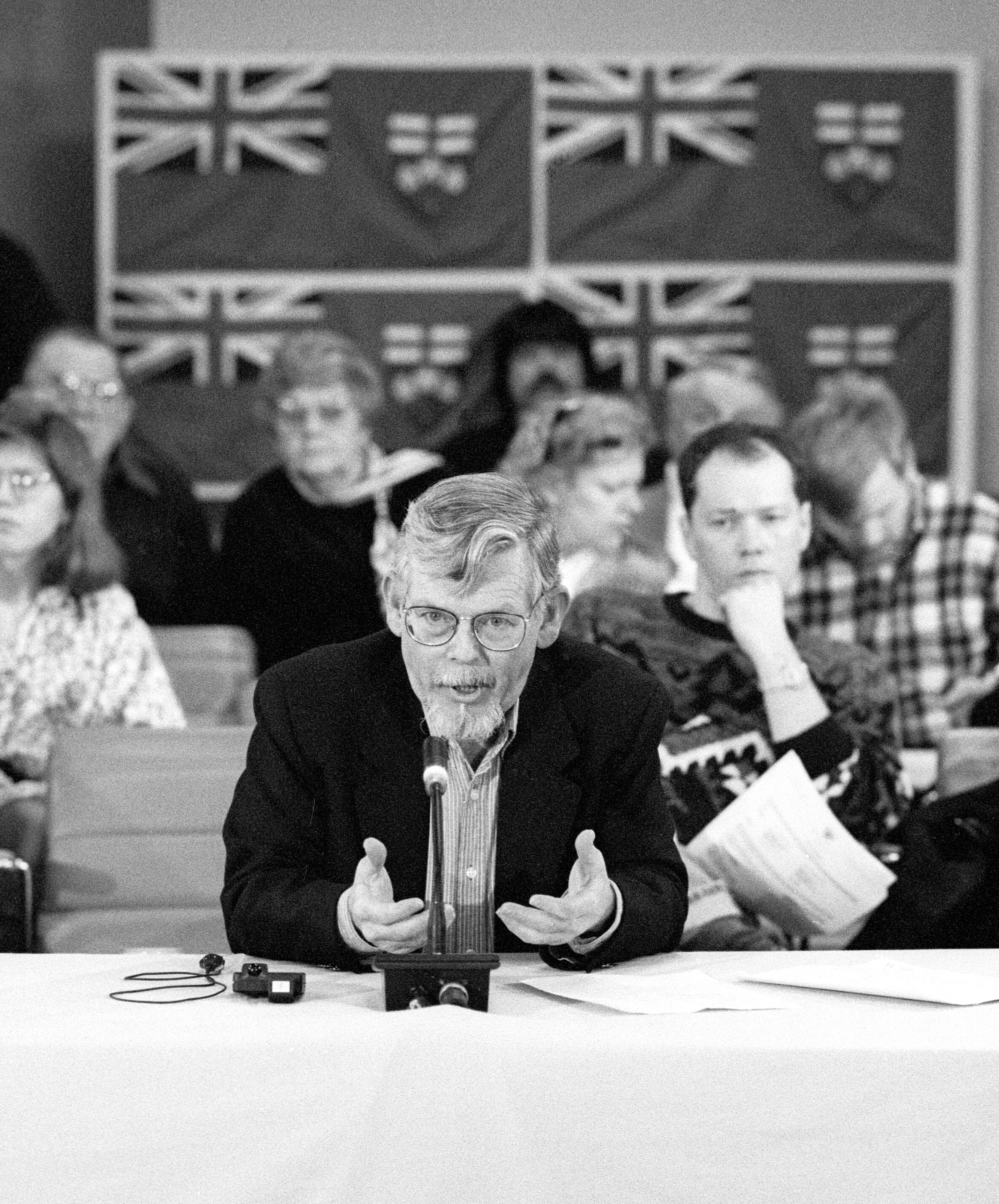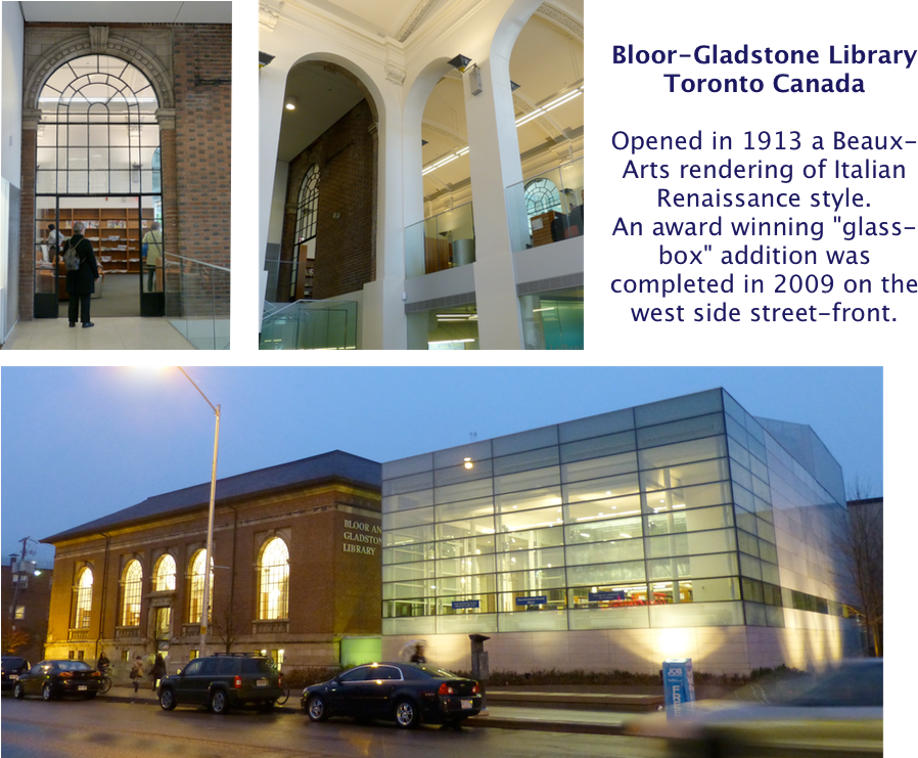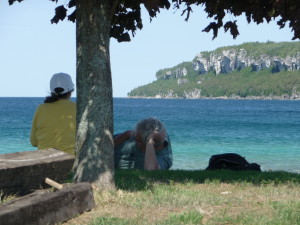Author Archives: donalexander
Kompromat. Compromising Material
In 1970 in the Soviet Union I was offered a bribe which was part of an attempt to collect compromising information,“Kompromat”.
Now, in 2017, the term “Kompromat” is widely known because there is a suspicion that the new United States President has been lured into a “compromising” situation in Moscow.
Based on my experience, I would be very surprised if Kompromat incidents do not continue in today’s Russia. It is not an elaborate scheme.
You see. The strategy was and is not to immediately act on information —maybe not to act at all—but rather to have recordings available. Just in case it could come in handy some day. You could become a timely pawn in an exchange or your country could be goaded into some position by the information. Perhaps you could be susceptible to personal blackmail.
Here’s my story of how I avoided a Kompromat situation……….
We had been living in London England for six months and decided to return to North America in the summer of 1970 by way of the Soviet Union Trans Siberian Railroad followed by a cargo ship crossing the Pacific Ocean. “Let’s take the long way home home.”
When I was handed my Visa at the Soviet Embassy in London it listed me as “Journalist”. I had submitted my “Public Relations” profession. The clerk said they had no words or understanding of that term. Who was I to argue!
In London, we had an acquaintance who had frequently traded into the Soviet Union for a major European company. I told him my concern about my new “Journalist” persona. I was cautioned immediately about “Kompromat”.
In the most likely scenario I would be put in a position where I could be detained and exchanged or expelled in retaliation for expulsion of a journalist or diplomat from Canada or elsewhere.
Our friend — wise in the ways of Russian practices– explained how he had been tempted once with a sexual situation and had the good sense to avoid that entrapment. Because I was travelling with a woman companion, there would be no sexual offer to me. I would likely be offered some information or a news scoop of some sort. His advice. “Do not buy or trade ANYTHING.”
We were also told that most often the sham is readily apparent as there are giant inconsistencies in the behaviour of the person making an approach. At that time, the state would simply engage a citizen with the promise of their being rewarded with extra domestic and holiday travel permissions.
The offers or temptations to us would not come from professional spies. Approaches would be clumsy. Our friend suggested, few Russians had been exposed to the subtleties and intrigue of trickery because during the Soviet years there were few spy films or spy novels in the Soviet Union.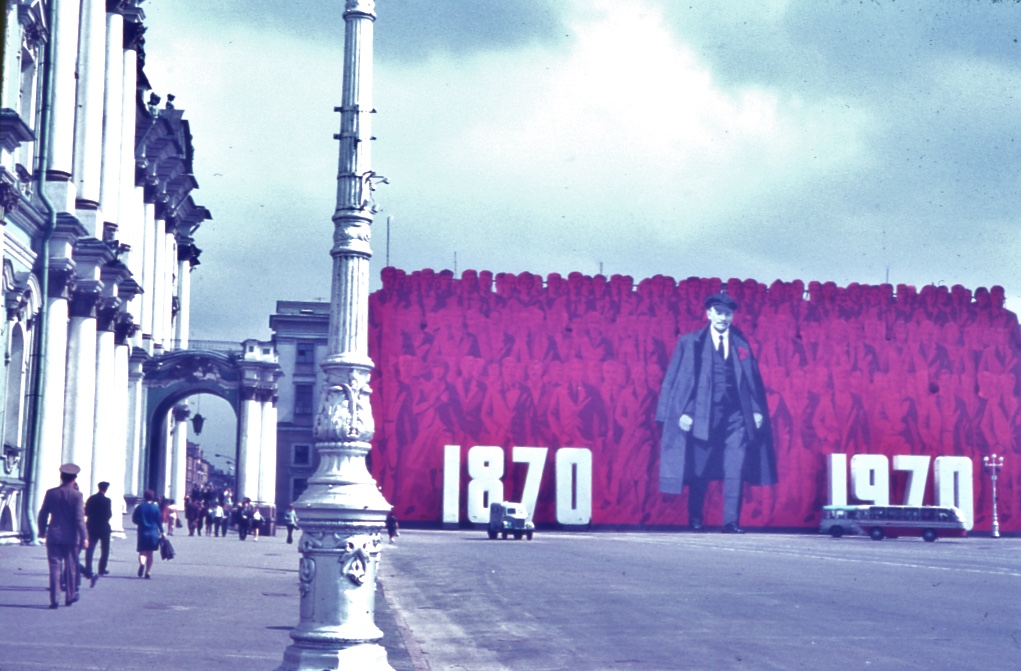
When an offer of newsworthy material happened at a hotel sidewalk cafe in Moscow the script played out exactly as suggested.
…….Enter at a side-walk patio. A cheery man, with a big smile and a question. “Amerikanskaya ?” The couple at a table were fast to reply “Kanadsky”.
With the word “drink” and hand signals of throwing back a neat vodka he sat and we exchanged a few drinks.
As we talked and drank his english vocabulary and usage improved vastly.
He had relatives in the Toronto area.
He taught aeronautics at a University in the Urals and was travelling to his home province in Western Russia for holidays.
I resisted saying any thing about my occupation. We were tourists and had no work intentions. He kept insisting and I finally said, “public relations”. From that admission he finally elicited the fact public relations was a little like journalism. By that time, I was enjoying the game.
“Ah ha, a journalist”. You and I should have a tête-à-tête.”
The subterfuge was ridiculous. Anyone who knows the common usage of that french phrase in english had certainly been hiding language skills.
In our tête-à-tête he said he had photos of student unrest and killings at his university near Omsk. (The subject would attract any avid journalist. Kent State killings in Ohio had happened about two months earlier). I could have the photos for ten thousand dollars.
How convenient! We were travelling with a declared letter of credit for ten thousand dollars.
I was adamant I am not buying or selling anything.
At his invitation we three went for a walk in a small park across the side street. There was another weak attempt for a sale. I told him “No” and suggested he go and tell “them” I was not a journalist and not buying or selling anything. The man agreed.
Egad. An admission of his “mission”.
I had avoided a compromising situation, thanks to the forewarnings from our friend in London, and perhaps with some good-sense from me.
The Russian summer night in the park was peaceful. Families walking hand in hand and a late evening glow in the night sky at eleven o’clock. We all had ice cream cones from the vendor at the park entrance, and then went back to our respective lodgings
Donald J Alexander
Дон Алехандер , Цанада
Pan Northern
Quote
In the 1990s Quebec was seeking Sovereignty after the Meech Lake Accord fell apart. The Accord had set out to decentralize some powers and recognize Quebec as forming a “distinct society”. The Ontario government established a Select Committee to find some different ways forward. I made a presentation called “The Idea of North”.
I had always appreciated the “distinct society” and particularly the Quebec cinema, music and theatre.
Perhaps the “arts” would be fertile peacemaking territory. Perhaps our shared northerness should be expressed as a common characteristic. In a presentation, quite unlike others, I celebrated shared northernness and then went on to express the strengths of a pan-Canadian and ultimately a circumpolar northernness. On an environmental note I spoke of the environmental fragility of the North presaging the frightening warming that’s now taken place.
My presentation became like a theatrical staged event! It seemed every time I spoke of northern cold or arctic conditions, someone came into the room from the north-facing doors and snow and wind from Georgian bay “whooshed” into the room. It became a “dramatic” presentation!!
On re-reading the following report from Provincial Hansard, published 25 years ago, I find it informative and particularly want to note that later that year Finland proposed a pan-Arctic Council and it came into being before the century was over. I still celebrate the vitality of Quebec arts, architecture and “northern spirit”. Read my two-gage presentation here: Pan Northern Presentation
I appreciated the photography of James Masters and shortly after making the presentation ordered prints of his photography from the Owen Sound Sun Times. We both liked the flag background, and the profile photo also captured the sense I was feeling at the time.
Wiarton Willie Public Relations
Wiarton Willie is one of the prominent Groundhogs relied on for Winter predictions. When I moved from the Bruce Peninsula to the Niagara Peninsula in 1997, I managed to remove some documents from the active Wiarton Willie files and establish the Wiarton Willie Archives in a Burrow in our backyard in central St. Catharines Ontario.
For a few years c1987 to 1991 I had served as a volunteer Public Relations and media relations person for the Wiarton Willie entourage. We were anxious to get more media outlets to pay attention to Willie and to contact us for advance interviews.
Our releases and backgrounders –refreshed each year–had some sly hints on somewhat absurd claims and colour that could be pursued in interview form with our phone bank volunteers:
-We claimed a photo was from a “Playburrow centrefold”; that Willie was an honorary citizen of the recently established Bruce Peninsula National Park, that his powers were due to his birthplace in a nearby field on the 45th parallel midway between equator and north pole, and that Groundhog reports were excluded from the Free Trade agreements being negotiated at that time.. On the free trade file we claimed that the Groundhogs could not tolerate “level playing fields” and insisted on fields of burrows and holes and mounds and uneven topography.
The topics attracted media calls from all over the Americas and broadened our reach and firmly established the preeminence of the Wiarton Willie Feb 2 Groundhog reports.
Major network and independent news outlets pursued the silly subjects and I am sure Fox news was one of the callers insisting it was all an alien plot!
I honour the founding efforts and continuing antics of Mac McKenzie who started it all on a weekend in the 1950s. Later, during his winter sailing excursions in the Caribbean, I was pleased to fill in with writing and concept of this annual postal campaign. That was a time when postal services were still used to contact media.
Three pages from the campaign are here:Wiarton Willie PR003002
Mount Dennis Library, Toronto
Bloor-Gladstone Library Toronto Canada
Toronto Reference Library
Heroes in situ
Heroes in situ , Don Alexander 2014
A photo montage of banners installed on lamp-posts in downtown St. Catharines (Niagara Canada).
The banners depict local heroes from creative arts, peace and social justice achievements. Backgrounds often relate to the subject’s role or medium.
The photo montage was donated to the artist run Niagara Artist’s Centre (NAC) for a fund raising sale, “Small Feats” a collection of 200 works one-foot square donated by artists. I shot the banners “in situ” over a six month period.
The banners were painted by Niagara area artists members of the CRAM gallery and/or NAC.
The Death and Life of Great American Cities, 50th Anniversary
Jane Jacobs – The Death And Life Of Great American Cities, 50 Years On. June 7, 2011 Niagara at Large online news
I wrote this piece with some thoughts about changing active transportation and street life in downtown St. Catharines, Canada.
Fifty years ago, we began to learn about city planning and living in a different way. The publication in 1961 of “Death and Life of Great American Cities” by Jane Jacobs turned a corner in the way we think about cities. The book still resonates with those who think and plan about the future directions of cities.
I first read the book, with wonder, about 1963. I began to imagine a different future for cities. Since that time, I have measured many of the city sights I see against the potentials that were held in Jane Jacob’s book and in her later publications about the economies of cities and regions.
In the mid-1990s Jane Jacobs and I became friends and our friendship continued until her death in 2006. I came to appreciate the way she thought about things. Her writing 50 years ago helped turn aside the linear way of thinking about traffic growth and subdivision sprawl. As time went on she described her ideas and writing as being interlaced like a spider’s web, “a web way of thinking”.

I produced an educational TV program about her entire work and the evolution of her ideas (Jane Jacobs: Urban Wisdom, 45 minutes, 2002). In a series of video interviews over the years, Jane reflected on her writing and her ideas. She called herself a non-fiction writer and resisted the “urban-guru” nomenclature.
In The Death and Life of Great American Cities, she felt the way streets worked was the key to understanding the potential of cities, “people weren’t just walking around or riding around with nothing on their minds but where they were doing all kinds of other things, by the way…the more you watched the more interesting and amazing connections you saw.
In the City of St. Catharines, for example, I have seen how a return to two-way traffic has again given pedestrians rights that had been lost to one-way traffic that was concentrating in getting through the area. It is interesting to watch cars now defer to pedestrians at crossings. A politeness has been achieved (mostly). Continue reading
Niagara Escarpment, Sacred Space
The Niagara Escarpment
Sacred Space
Presented at the Leading Edge Conference 2011
“Sustainable Tourism and Economic Development
in the Niagara Escarpment Biosphere Reserve.”
By Don Alexander, Commissioner, Niagara Escarpment Commission
The Niagara Escarpment is one of 562 Biosphere Reserves in the World. When the UNESCO MAB programme convened an International Workshop on the Importance of Sacred Natural Sites for Biodiversity Conservation, Biosphere Reserves were represented from all parts of the world EXCEPT North America and Western Europe. (1)
The distinction is made that “In many non-western societies traditional sacred areas fulfill functions similar to those of legally protected areas in “the west”. (1)
In traditional cultures the sacred is recognized in forests, individual trees, forest groves, waterfalls, springs, caves, prominent heights, glens and trails.
Consideration of the Niagara Escarpment as Sacred place strengthens the conservation ethic among growing numbers of people.
There is increasing opinion that a “sacred” out of the ordinary dimension will be necessary to give the environment the priority it needs to cope with pressures on the entire biosphere system.


